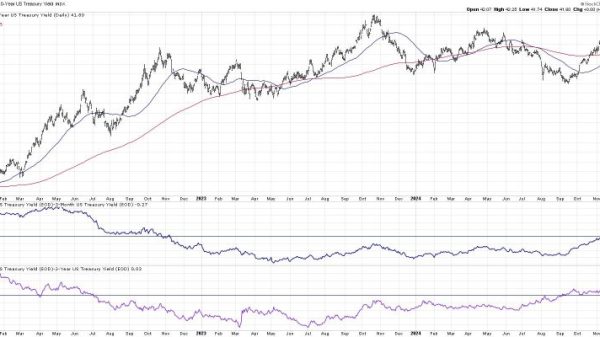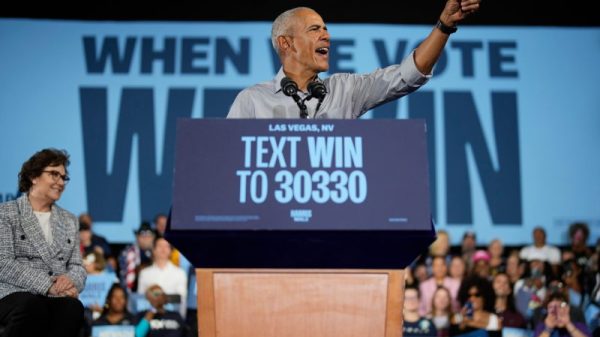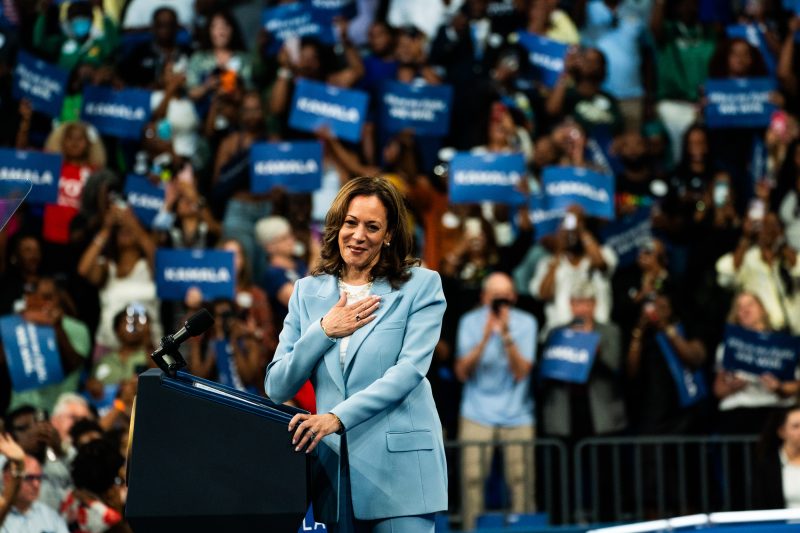In the realm of modern political discourse, the battle to define public figures is often fought through strategic messaging and advertising. In the case of Senator Kamala Harris, this contest has been particularly intense. Fact-checking the first ads that attempted to define Kamala Harris reveals the complex and sometimes misleading narratives that can emerge in a highly contested political environment.
One notable ad targeting Kamala Harris was released by President Trump’s reelection campaign. The ad portrayed Harris as a radical leftist, utilizing selective video clips and soundbites to paint her as extreme and out of touch with mainstream American values. While it is true that Senator Harris has held progressive positions on certain issues, the ad’s portrayal of her as a radical extremist oversimplifies her record and fails to provide a full and fair representation of her policy positions.
Another ad that sought to define Kamala Harris was released by the conservative group Judicial Crisis Network. This ad focused on Harris’s record as a prosecutor, contending that her actions as California’s Attorney General were inconsistent with her progressive image. While it is valid to scrutinize Harris’s prosecutorial record and hold her accountable for decisions made during her time as a prosecutor, the ad failed to provide a nuanced analysis of the complexities of the criminal justice system and the challenges inherent in addressing issues of systemic racism and injustice.
Despite the efforts of these ads and other messaging campaigns, defining Kamala Harris remains a complex task. Harris’s political career is multifaceted, marked by a mix of progressive and more moderate positions on a range of issues. While she has championed causes such as criminal justice reform and healthcare accessibility, her record also includes decisions and actions that have garnered criticism from across the political spectrum.
In the battle to define Kamala Harris, it is essential for voters and observers to engage critically with the information presented in political ads and messaging campaigns. Fact-checking these ads, as well as seeking out additional sources of information and analysis, can help to provide a more accurate and comprehensive understanding of Harris’s record and qualifications as a public servant.
As the 2020 election approaches and Harris continues to play a prominent role in national politics, the narratives and messages surrounding her candidacy will remain a subject of debate and scrutiny. By approaching these discussions with an open mind and a commitment to fact-based analysis, we can strive to cut through the noise and disinformation to gain a clearer picture of the woman behind the ads.


























